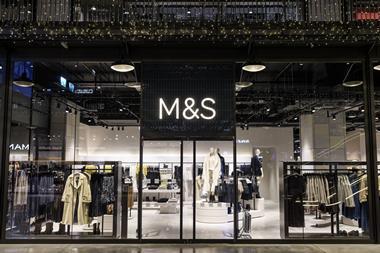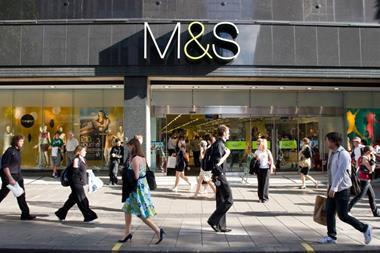Why is is that experimental formats are allowed to stagger on and not put out of their misery?
Why is is that experimental formats are allowed to stagger on and not put out of their misery? A prime example is the market format Sainsbury’s that you can find if you take a two-minute stroll from London’s Victoria station down towards Pimlico.
This is actually a very interesting store and the fact that it never made the roll-out grade is by the by - it still shows that supermarkets can operate beyond the usual fruit and veg at the start of the shopping journey and booze at its conclusion. It is a farily esoteric layout and you do get the feeling that you have entered an environment where something different is on offer.
In store evolution terms however, this appears to have been a blind alley and not much has been done since it was unveiled in 2003, whe a spokesman for the retailer said that the format had been driven by customer desire for “meal solutions”
The problem for which solutions were being sought in this instance was probably hunger mingled with greed, but as it turned out, the solution was the convenience format. The market store remains however and seven years after it opened, it looks a little like a seven-year old store to which nothing has been added: almost unloved.
The whole place is darker than most supermarket devotees will be used to and some of the original graphics are in place on the walls. All in all, a slice of corporate history preserved, more or less, in aspic.
So why let it linger in its current form when clearly it has been proved not to possess the utility that was first anticipated? What is surprising for a retailer that tries to create a broadly consistent experience, irrespective of location, is that it has not been bought up to date.
And the fact that Sainsbury’s has been singled out for mention in this column is purely coincidental. There are plenty of examples around the country of retailers that have followed a similar trajectory and left trial stores abandoned and looking a little sorry for themselves.
It is, of course, expensive to udpate a portfolio, ask M&S, but there is a pretty strong argument that if you want to build real loyalty, then having spavined stores is probably not a good idea.
All of which notwithstanding, there is a thread that can be traced from some of the elements in the Pimlico market format to the stores that most shoppers will be familiar with today. There will always be relics in large store portfolios, but it makes sense to revisit these as well as ploughing ahead into a glorious future.


























No comments yet